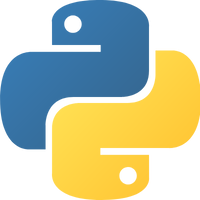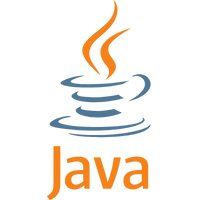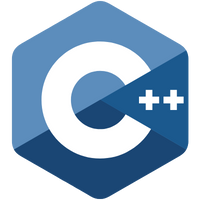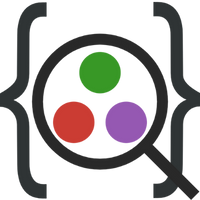Artificial intelligence (AI) is a branch of computer science that deals with developing algorithms and systems capable of performing tasks that typically require human intelligence, such as speech recognition, decision-making, problem-solving, and natural language understanding. AI systems are designed to learn from data, improve performance over time, and perform tasks independently. The field of AI is rapidly evolving and has the potential to revolutionize many aspects of our lives, from healthcare and finance to transportation and customer service.
The development of AI dates back to the middle of the 20th century when computer scientists and mathematicians first began exploring the idea of creating machines that could think and act like real people. Since then, the field has grown considerably thanks to improved computer power and more advanced machine learning algorithms, leading to more sophisticated AI systems.
Ethical issues must also be considered as artificial intelligence systems become more integrated into our lives. For example, there are concerns about human job replacement, data privacy, and the potential for AI systems to learn bias and discrimination from the internet. It is vital to ensure that AI is developed and used responsibly and ethically and that its benefits are shared fairly throughout society.
According to the McKinsey Global Survey, the integration of artificial intelligence technologies has more than doubled in the last 5 years. In 2017, 20 percent of respondents noted that they had implemented artificial intelligence in at least one company unit or function, but in 2022but by 2022, that figure had risen to 50%.
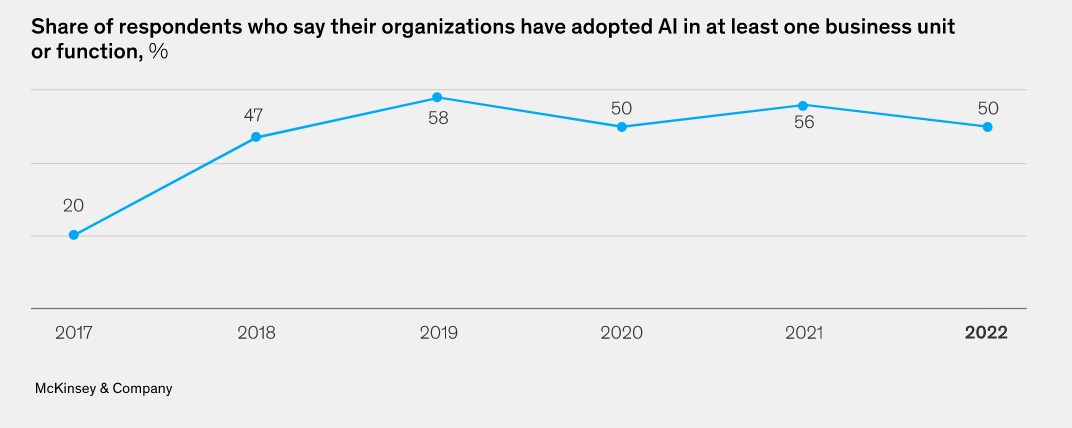
Data from Info-Tech Research Group reports show that in 2023, 44% of private sector companies plan to invest in artificial intelligence technologies. Robotic process automation and computer vision are the most common AI capabilities companies adopt, but natural language text understanding, virtual agents, and conversational interfaces are also becoming popular.
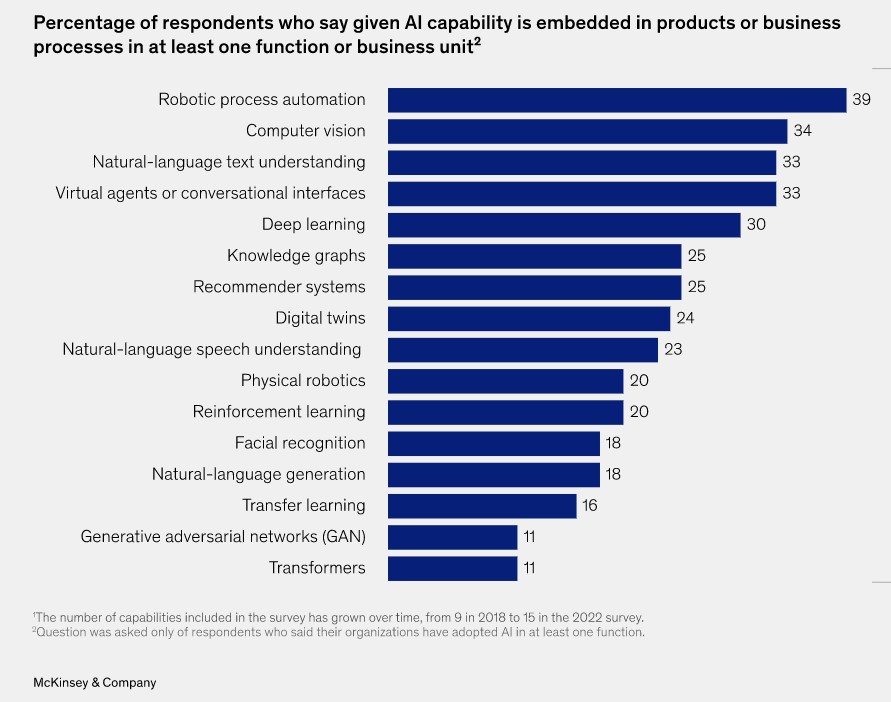
According to the 2021 McKinsey Global Survey, the most considerable cost reductions following the introduction of AI were in supply chain management (52% of respondents), while the most significant revenue increases were in product development, marketing, and sales (70% of respondents).
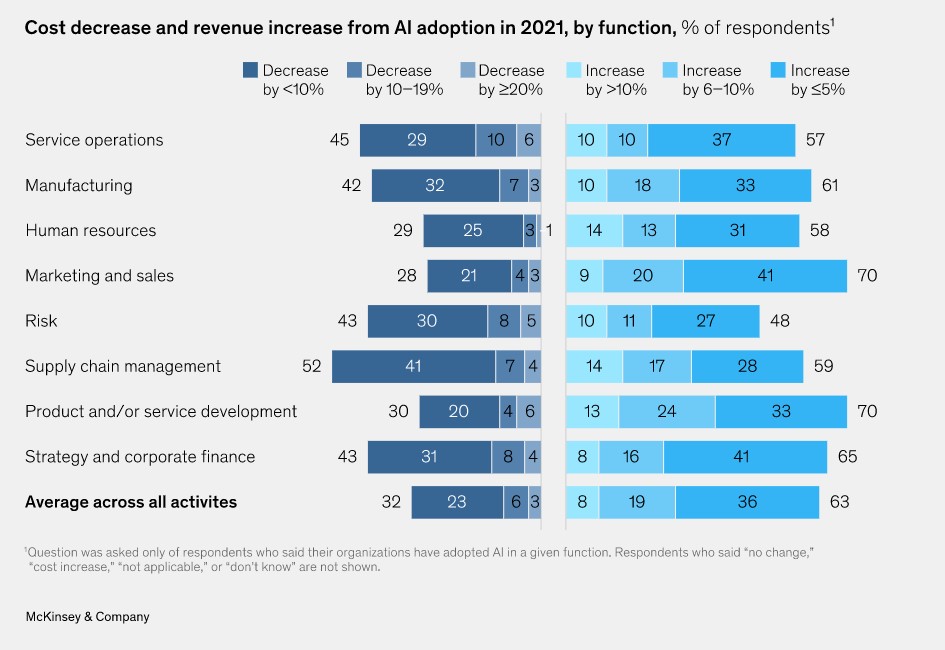
Content
AI application development steps
Developing AI applications can be complex and multi-step, so following a structured approach and using the right tools is essential. Creating a successful artificial intelligence application requires the following steps: AI application development steps:
- Define project goals and objectives: Before developing an application, you must clearly understand what you hope to achieve. Identify the problem you are trying to solve, the specific tasks your AI application will perform, and the user requirements. This will help you focus your development efforts and ensure that you are building a product that meets the needs of your target market..
- Explore and collect data: Data is the foundation of AI, and the quality and quantity of data you have will significantly impact your AI application's performance. Research and collect relevant data sources that will enable you to train AI algorithms and make accurate predictions. Consider collecting additional data specifically for your needs to improve your application's performance further.
- Choose the right AI technology: Many AI technologies and algorithms are available; each has its strengths and weaknesses. Select the technology that best fits the project objectives and available data. Consider the technology's scalability, reliability, accuracy, and any limitations or challenges that may arise during development.
- Design and develop your AI algorithm: Once you have chosen the AI technology you will use, you can start designing and developing your AI algorithm. This will include selecting suitable data structures and mathematical models and writing the code that implements your AI logic. Consider using existing AI libraries or models to speed up your development processes.
- Train and test your AI algorithm: Your AI algorithm will need to be trained on a large dataset To make accurate predictions. This process involves using data to train an algorithm and testing it to see how well it performs. You may need to adjust the AI algorithm and repeat this process several times until you achieve the desired level of accuracy.
- Integrate your AI algorithm into your app: Once the algorithm is trained and tested, you can integrate it into your application. This will involve writing the code that connects your AI algorithm to your app's user interface, data sources, and other components. Consider using cloud-based AI services to improve the performance and scalability of your application.
- Test your AI application: Once it is integrated and functional, it is essential to thoroughly test the app to identify bugs, performance, or other issues. You can also collect user feedback, make improvements based on it, and regularly update your AI algorithms to improve their performance over time.
- Launch and promote your AI application: Once you are satisfied with the performance of your AI application, you can launch it into production and start marketing to your target audience. Consider promoting your app through social networks, ads, and other marketing channels, and be prepared to continue to refine and improve it based on user feedback.
In general, developing an AI application requires careful planning, research, and development, as well as independent testing, development, and marketing. So by following these steps and using the right tools and resources, you can create a successful AI application that meets the needs of your target market and makes a positive impression.
Python
Python's strongest point is data analysis, one of the main areas in AI development. Python data analytics developers are among the most in-demand professionals on the market today. Python is favored by programmers and data analysts for its flexibility, intuitiveness, and versatility. Although it is designed to solve complex tasks, Python is easy to learn and start applying to your projects.
Python's strongest point is data analysis, one of the main areas in AI development. Python data analytics developers are among the most in-demand professionals today. Programming and data analysts favor Python for its flexibility, intuitiveness, and versatility. Although it is designed to solve complex tasks, Python is easy to learn and start applying to your projects.
Python has a rich set of libraries that can be used to solve various tasks - data analytics, machine learning, data visualization, data cleaning, and preprocessing. Some examples of the most popular libraries used in data analysis are NumPy, Pandas, Matplotlib, Scikit-learn, and TensorFlow.
- NumPy is a library that supports working with multidimensional arrays, linear algebra operations, and random number generation. It is used for data cleaning and preprocessing.
- Pandas is a library that provides easy-to-use data structures for data analysis. They are used for data manipulation and data analysis. Series and DataFrame data structures allow the developer to perform data analysis tasks easily.
- Matplotlib is a library used for data visualization. It provides graphing features that can be used to visualize data clearly and concisely.
- Scikit-learn is a library for machine learning. It provides a comprehensive set of algorithms for classification, regression, clustering, and dimensionality reduction tasks. Additionally, Scikit-learn integrates well with the NumPy and Pandas libraries, making it a powerful tool for data analysis and machine learning.
- TensorFlow is an open-source library for machine learning developed by Google. It is used to build and train machine learning models, particularly neural networks. Tensorflow provides a flexible and efficient platform for complex tasks such as image classification, language translation, and speech recognition. Tensorflow provides tools for optimizing model performance, such as automatic differentiation and parallel processing, making it easy to build and train high-performance models. Tensorflow is most widely used in large-scale projects dealing with large amounts of data and users.
Python is an ideal choice for AI data analysis due to its simplicity, readability, and wide range of open-source libraries that provide a comprehensive set of tools for data analysis tasks.
Java
Java is a powerful language used in various software development contexts. It is especially prevalent in mobile apps which use artificial intelligence features. Java is easy to use and debug. In addition, it is perfect for cross-platform deployment with its "write once, deploy anywhere" philosophy, making it a good choice if you need to build applications for different operating systems simultaneously.
Java is a moderately popular programming language in AI, offering various advantages such as ease of debugging, usability, and maintainability. It has a built-in garbage collector that automatically deletes unnecessary data and makes visualization easier.
One example of AI projects using Java is Deeplearning4j (DL4J), an extensive open-source deep learning library designed for large projects and enterprises. It is used to build, deploy, and train deep learning models such as artificial neural networks, convolutional neural networks, and recurrent neural networks. DL4J is designed to be scalable and efficient, allowing developers to build and train deep learning models on large datasets in a distributed environment. In addition, it has a developer-friendly API that is easy to learn. It also offers GPU (GPU) acceleration, enabling large models to be trained relatively quickly. DL4J can be used in finance, healthcare, and retail for tasks such as image and text classification, natural language processing, and recommendation systems. DL4J can also learn from real end-user interactions.
Overall, Deeplearning4j (DL4J) is a robust, scalable, and efficient deep-learning library for the Java programming language. It provides a developer-friendly API, a wide range of algorithms and architectures, and easy integration with existing Java systems, making it a popular choice for large enterprise deep learning solutions.
C++
C++ is a relatively popular programming language known for its speed and efficiency. It executes code very quickly when compared to other languages, making it an excellent choice for applications where complex calculations are performed.
C++ is not always the first choice for AI-oriented applications, but it is still widely used throughout the industry. Its main advantage is the speed of code execution, but writing code is more complicated. C++ is usually combined with other languages, reserving C++ for more complex and resource-intensive calculations.
The most popular AI library for C++ is OpenCV (Open Source Computer Vision Library). It is an open-source computer vision library with extensive algorithmic image and video processing features. Although OpenCV is built on C++, it can also be used with other languages, such as Python or Java. OpenCV has a comprehensive set of tools for computer vision-related objects, so it is common in the following applications:
- Object detection and recognition: OpenCV provides various pre-trained deep-learning models for object recognition and classification.
- Image processing: OpenCV provides several functions for image processing tasks such as filtering, morphological operations, color space transformation, etc.
- Face Recognition: OpenCV also includes a face recognition model that can recognize faces in images or video streams such as video surveillance cameras.
- Motion analysis: objects can not only be detected but also tracked. This is useful in the following areas - video stabilization, sports game analytics, and tracking other vehicles in autonomous driving systems.
- Computer vision-based automation: OpenCV, together with C++, is an ideal option for autonomous driving systems because the performance of C++ is very significant for such essential things. It can be used not only for cars but also, for example, for drones. OpenCV will help autonomous systems plan a route by choosing the right lanes and going around or flying around obstacles.
JavaScript
According to GitHub's rankings, JavaScript is the most popular programming language in the world. This is no surprise since JavaScript is the primary language in web development, responsible for much of our daily interactivity. It is a reliable choice for any website developer as it is relatively easy to learn and is suitable for beginners learning AI or general website development.
So how can Javascript be used in AI application development? It contains several high-level tools and libraries for machine learning. A good example is TensorFlow.js, which runs directly in the browser and opens many possibilities for website developers. Building knowledge about browser-based AI applications can help create the next generation of AI-focused browser tools.
A popular application of JavaScript and AI is the creation of chatbots using the Dialogflow library. It is a library developed by Google for creating chatbots. It incorporates natural language processing and machine learning to help the chatbot learn and better understand user input. Chatbots can be used in the following industries:
- Customer service: with the help of chatbots, you can provide answers to frequently asked questions, help with product information, or with a profile.
- Lead generation: Chatbots can capture leads and provide marketing information to a company. These chatbots can be integrated into CRM systems to manage and track leads.
- Healthcare: Chatbots can even be used in the healthcare industry to provide information and support to patients. For example, it can help to set up an appointment with a specialist, check symptoms and remind you to take your medication.
- Education: Chatbots can help both students and teachers with information and resources. For example, a chatbot can help you choose where to study, answer students' questions, or help plan the content of lessons.
- Financial industry: A chatbot can help a customer quickly find out their account balance, recent transactions, or, for example, investment opportunities. They can help with loan applications or provide general financial advice.
- Travel: AI can help you plan the best route, find the best flights and hotels, or even find the ideal destination.
- Human Resources: Large companies will appreciate the ability to direct common questions about benefits and vacations to a chatbot.
- Transport: the chatbot can help you find public transport schedules, plan a route or tell you about the situation on the road in real time.
- Public sector: A chatbot can help answer frequently asked questions to reduce staff workload. It can help you get services or submit documents. The State Revenue Service uses such a chatbot.
JavaScript is a versatile tool for developing AI applications, but it is primarily used where integration in the web browser is essential.
Julia
Many programming applications require two or more programming languages, one with high performance, such as C++ mentioned above, and one that makes programming less complex, such as Python. While this option technically works, it still adds unnecessary complexity. The idea for the Julia programming language originated at the Massachusetts Institute of Technology in 2009 to address this problem.
The first stable version of Julia was released in 2018 and had been steadily gaining popularity since then. Artificial intelligence applications developed in Julia continue to grow over time. Flux is an extensive machine learning and artificial intelligence stack for Julia. Some of the advantages that make Julia great for AI programming are the built-in package/library manager and support for parallel and distributed computing.
One of Julia's strengths is its ability to process large amounts of data and perform complex simulations. For example, scientists can use Julia to model and simulate physical systems in computational physics. Large-scale simulations, data analysis, and visualization of results can be easily performed using libraries and tools. This makes Julia an attractive platform for scientific simulations, especially for researchers.
Using AI and machine learning to improve scientific simulations is becoming increasingly common. AI algorithms can be used to optimize simulation performance, identify data patterns, and make predictions. Julia can be used in the following branches of science:
- Computational biology: Julia can be used in complex simulations where computations are required in molecular dynamics, protein folding, and gene expression analysis. AI algorithms can even be used in new drug discovery, gene editing, and personalized medicine.
- Astrophysics: With the help of AI, large-scale simulations can be carried out in the following areas - cosmology, galaxy formation, and star formation. AI algorithms can also analyze images and signals and detect patterns in astronomical data, such as from telescopes.
- Climate modeling: Julia can perform complex climate simulations and forecasts with algorithms that analyze trends and unusual phenomena.
- Materials science: Julia can be used to perform simulations and predictions to determine material properties, phase transitions, and surface properties. It is also possible to identify new materials or optimize existing materials.
- Neuroscience: Julia is a good tool for simulating and understanding nervous system processes. The AI algorithm can analyze brain examination data and identify areas of brain activity, thus helping to develop brain-computer interfaces.
Although Julia is most often applied directly to scientific research, it can also be used in other areas of AI.
Lua
Lua is a high-level, lightweight, and fast programming language widely used in various applications for scripting purposes, including video game development. In AI game development, it can help create human-like opponents and other characters. Lua is a high-level, lightweight, and fast programming language widely used in various applications for scripting purposes, including video game development. In AI game development, it can help to create human-like opponents and other characters. Therefore, combining Lua and AI can make incredibly sophisticated and realistic games.
Game developers use Lua for several reasons. One of Lua's most significant advantages is its ability to be easily integrated, making it a versatile tool for game development. Lua is also easy to learn and accessible to programmers of all levels. Speaking specifically about AI, it is most often used in games to create intelligent, non-playable characters (NPCs) that can interact with players naturally and realistically. These NPCs can be programmed to respond to player actions, such as movement or dialogue choices.
Speaking specifically about AI, it is most often used in games to create intelligent, non-playable characters (NPCs) that can interact with players naturally and realistically. These NPCs can be programmed to respond to player actions, such as movement or dialogue choices.
The most significant use of AI in video games is to create adaptive difficulty levels for the opponent. The AI will keep track of the player's skill and adapt, making the opponent easier or harder to keep the game interesting for any level of player. This can be applied to simple games like chess and 3D games.
One of the most exciting ways Lua and AI can be used together is to generate maps and content procedurally. Procedural generation is a technique where maps are generated during the game rather than before. This allows developers to create endless variations of game levels, environments, and characters, creating a unique and unpredictable experience for each player. This will enable developers to create endless variations of game levels, environments, and characters, creating a unique and unexpected experience for each player.
Using AI in procedural world/map creation starts with creating a set of rules or parameters that define the desired characteristics of the game world. For example, the maximum number of mountains, the distribution of forests, and the frequency of rivers can be determined. These rules are then used during gameplay to generate a unique world for the player. The main advantage of this kind of world generation is variety. Traditional world generation methods are often limited by the number of pre-made 3D models available, which can lead to repetition and a lack of variety. AI can make sure that every mountain, forest, object, and house is unique and not repeated.
This technique also has the advantage of improved performance and development speed. Creating a ready-made large and complex game world is a resource-intensive process with resource-intensive storage. The complex world must be stored on the player's device and loaded from the hard drive accordingly, often resulting in long waiting times. Procedural generation removes part of the load from the hard disk, which speeds up the game's loading since loading from the hard disk is the most resource-intensive and longest stage.
Overall, AI procedural world generation in games benefits not only the end player, who can enjoy unique content that does not repeat itself but also developers, as fewer resources need to be invested.
Conclusion
Choosing the correct programming language for developing AI applications is important because it affects the entire development process. There are many programming languages to choose from, each with its own strengths and weaknesses. The right choice will depend on the AI project's specific requirements, including the project's size and complexity, the tools to be used, and the expertise of the programming team.
- Consider the size and complexity of the project: If you're developing a small-scale AI project, a language like Python is a good option. Python is a simple and easy-to-learn language well-suited for small AI projects. However, consider a language like Julia or C++ for larger and more complex projects. These languages are more complex but offer better performance and scalability, making them a better option for large-scale AI projects.
- Check available libraries and frameworks: one of the most important things to consider is the availability of libraries and frameworks. These libraries and frameworks can significantly facilitate the development process and help to achieve better results. For example, Python has several popular libraries for AI development, such as TensorFlow and PyTorch.
- The experience of your programming team should be taken into account: When choosing a programming language, the competence of your programming team is also a decisive factor. If your team has experience with a particular language, they are more likely to be able to work more efficiently and effectively with that language. On the other hand, if AI development is new to your team, then a language like Python may be the best option because it is easier to learn and use and has a large community.
- Assess required performance and scalability: Performance and scalability are critical factors in AI development, as AI systems often require a lot of computing power. Languages like C++ and Julia are known for their performance and scalability, making them good choices for large-scale AI projects. However, Python can also be used for large-scale Ai projects when using, for example, the TensorFlow library, as it provides relatively high performance.
- Check out the programming community: Finally, it's important to consider community support for your chosen language. A large and active community can provide valuable resources, including documentation, advice, and forums, making starting with AI application development easier. The most active and largest community is Python.
In our company, we have used computer vision AI to develop a solution that cuts the outline of the parquet board from the image, which is then used by the milling machine. We used OpenCV's powerful computer vision capabilities to create a system that can accurately determine the shape and contour of a parquet board from images. Once this parquet board is found, the image is cropped, and the exact size of the board is determined using a benchmark.
Our experience using OpenCV has been very positive. We chose the Python programming language because of its simplicity and great capabilities. The OpenCV library provides a rich set of computer vision algorithms and tools, making it easy to build a solution that meets our requirements. The library's well-documented API and extensive community support allowed us to quickly and efficiently solve tasks and problems we encountered during development.


